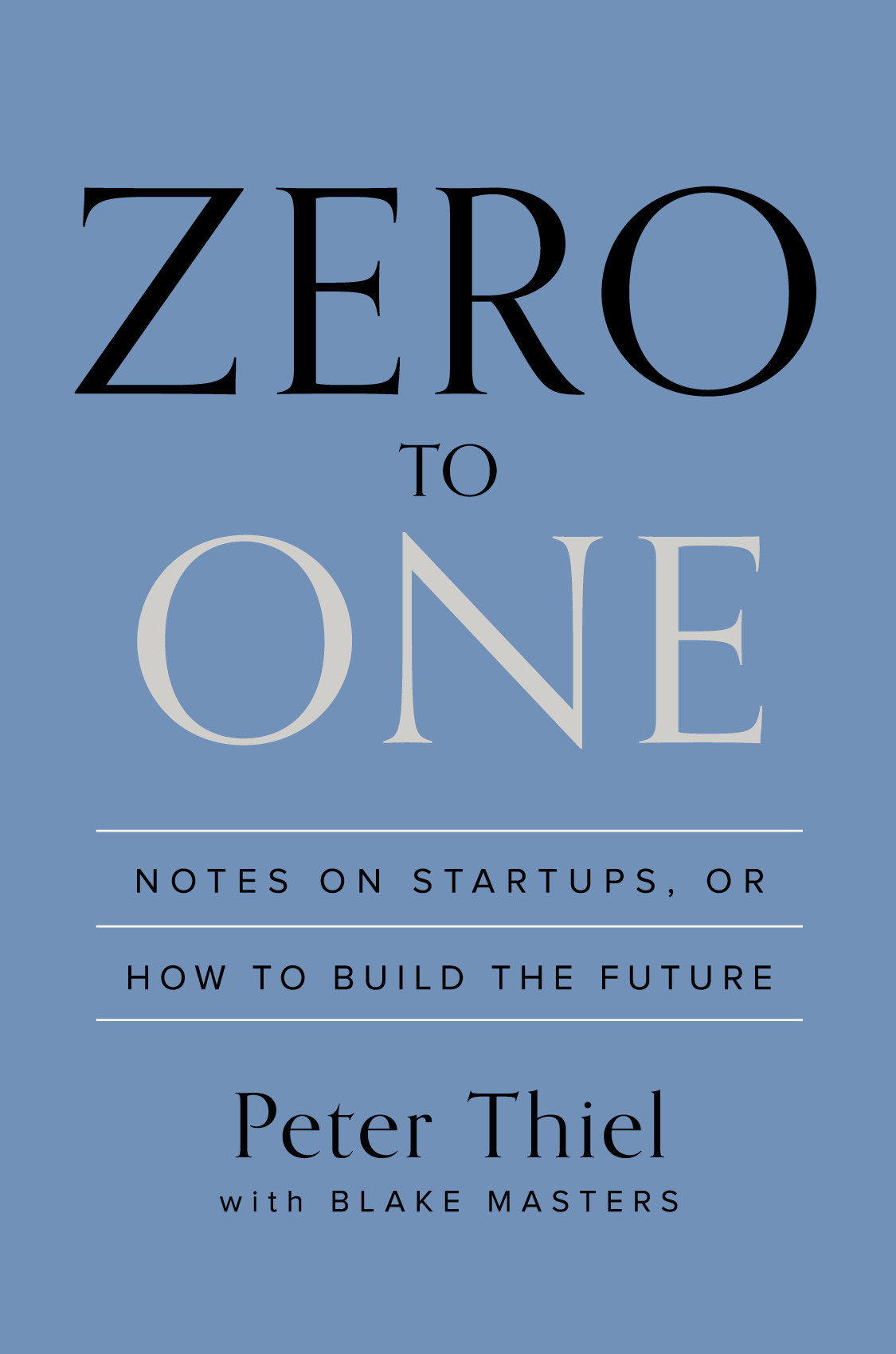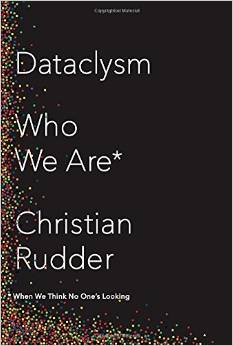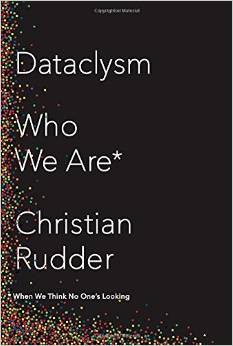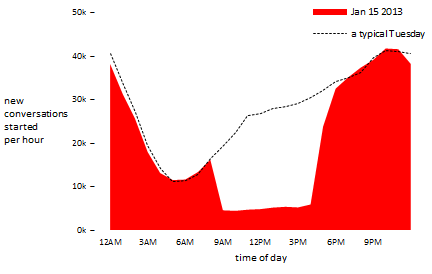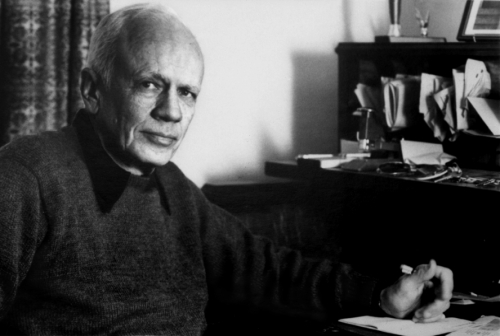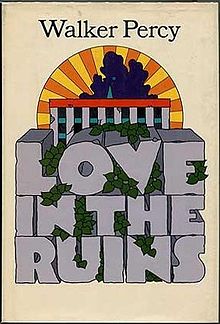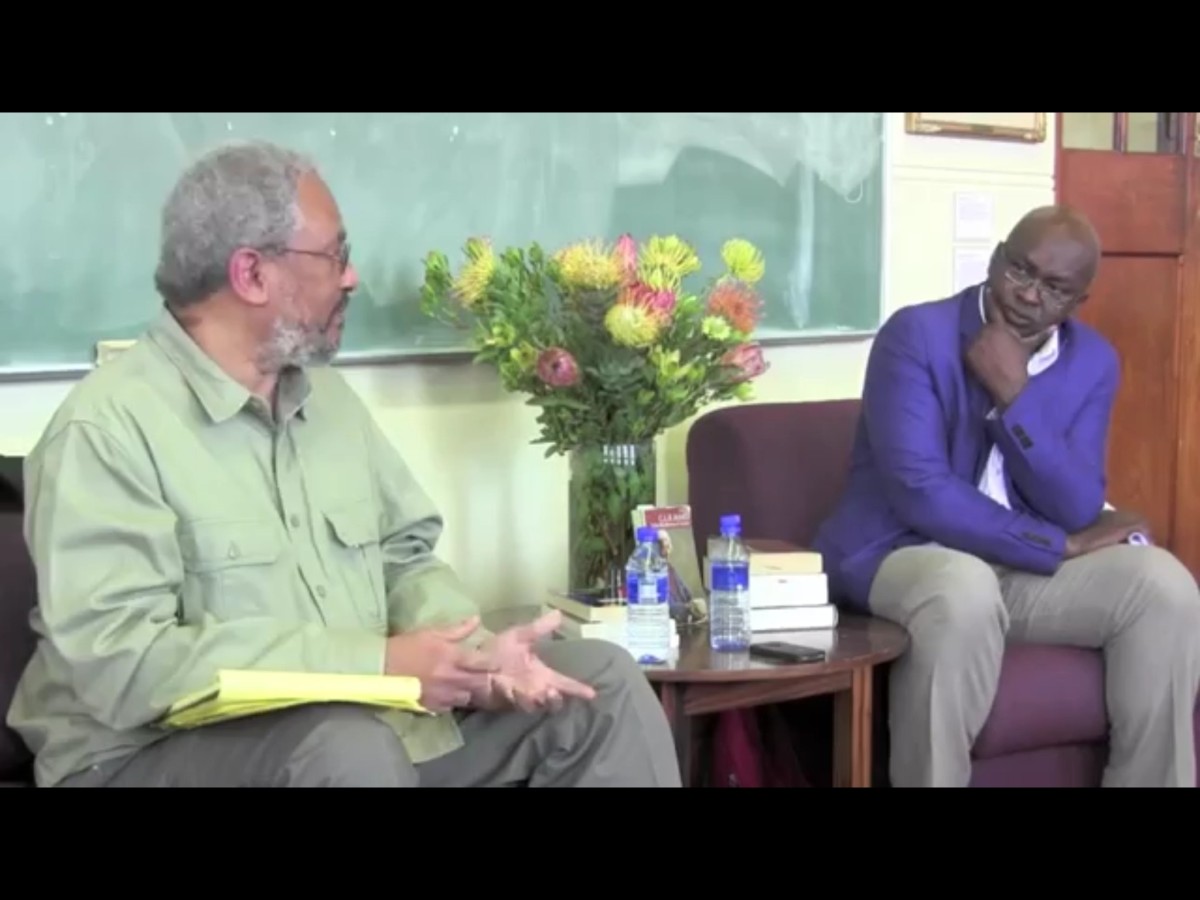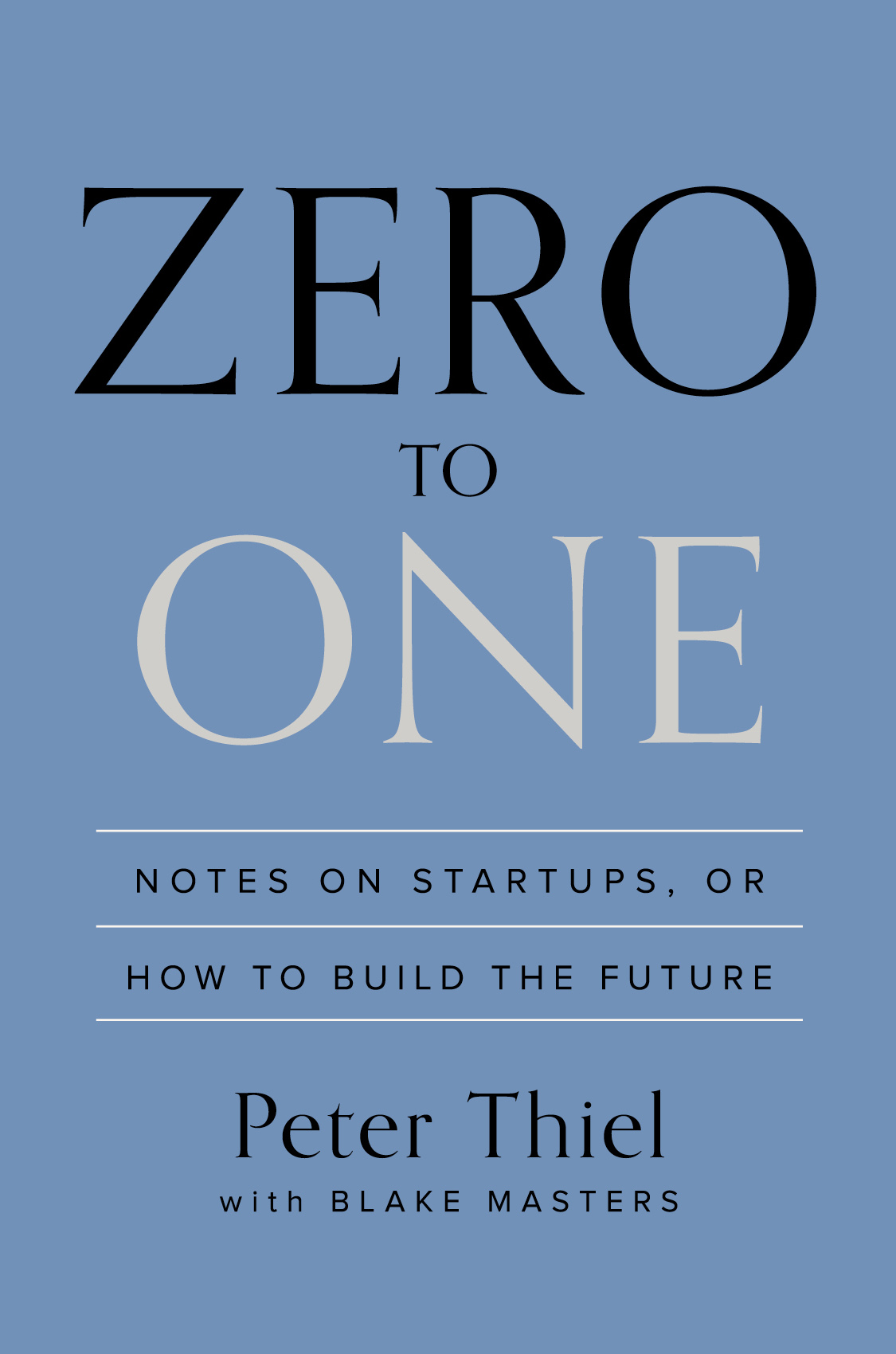 a review of Peter Thiel, Zero to One: Notes on Startups, or How to Build the Future
a review of Peter Thiel, Zero to One: Notes on Startups, or How to Build the Future
by LM Sacasas
~
Few individuals have done as much to chart the course of science and technology in the modern world as the the Elizabethan statesmen and intellectual, Francis Bacon. But Bacon’s defining achievement was not, strictly speaking, scientific or technological. Rather, Bacon’s achievement lay in the realm of human affairs we would today refer to as “public relations.” Bacon’s genius was Draper-esque: he wove together a compelling story about the place of techno-science in human affairs from the loose threads of post-Reformation religious and political culture and the scientific breakthroughs we loosely group together as the Scientific Revolution.
In story he told, knowledge mattered only insofar as it yielded power (the well-known formulation, “knowledge is power,” is Bacon’s), and that power mattered only insofar as it was directed toward “the relief of man’s estate.” To put that less archaically, we might say “the improvement of our quality of life.” But putting it that way obscures the theological overtones of Bacon’s formulation and its allusion to the curse under which humanity labored as a consequence of the Fall in the Christian understanding of the human condition. Our problem was both spiritual and material, and Bacon believed that in his day both facets of that problem were being solved. The improvement of humanity’s physical condition went hand in hand with the restoration of true religion occasioned by the English Reformation, and together they would lead straight to the full restoration of creation.
Bacon’s significance, then, lay in merging science and technology into one techno-scientific project and synthesizing this emerging project with the dominant world picture, thus charting it’s course and securing its prestige. It is just this sort of expansive vision driving technological development that I’ve had in mind in my recent Frailest Thing posts (here and here) regarding culture, technology, and innovation.
My recent posts have also mentioned the entrepreneur Peter Thiel, who is increasingly assuming the role of Silicon Valley’s leading public intellectual–the Sage of Silicon Valley, if you will. This morning, I was re-affirmed in that evaluation of Thiel’s position by a pair of posts by political philosopher, Peter Lawler. In the first of these posts, Lawler comments on Thiel’s seeming ubiquity in certain circles, and he rehearses some of the by-now familiar aspects of Thiel’s intellectual affinities, notably for the sociologist cum philosopher and Stanford professor René Girard (Thiel expounds on Girard in this video) and the right-wing political theorist Leo Strauss (whom Thiel praises in this interview on the National Review). Chiefly, Lawler discusses Thiel’s flirtations with transhumanism, particularly in his recently released Zero to One: Notes on Startups, or How to Build the Future, a distilled version of Thiel’s 2012 lecture course on start-ups at Stanford University.
(The book was prepared with Blake Masters, who had previously made available detailed notes on Thiel’s course. I’ll mention in passing that that tag line on Masters’ website runs as follows: “Your mind is software. Program it. Your body is a shell. Change it. Death is a disease. Cure it. Extinction is approaching. Fight it.”)
As it turns out, Francis Bacon makes a notable appearance in Thiel’s work. Here is Lawler summarizing that portion of the book:
“In the chapter entitled ‘You Are Not a Lottery Ticket,’ Thiel writes of Francis Bacon’s modern project, which places “prolongation of life” as the noblest branch of medicine, as well the main point of the techno-development of science. That prolongation is at the core of the definite optimism that should drive ‘the intelligent design’ at the foundation of technological development. We (especially we founders) should do everything we can “to prioritize design over chance.” We should do everything we can to remove contingency from existence, especially, of course, each of our personal existences.”
The “intelligent design” in view has nothing to do, so far as I can tell, with the theory of human origins that is the most common referent for that phrase. Rather, it is Thiel’s way of labeling the forces of consciously deployed thought and work striving to bring order out of the chaos of contingency. Intelligent design is how human beings assert control and achieve mastery over their world and their lives, and that is an explicitly Baconian chord to strike.
Thiel, worried by the technological stagnation he believes has set in over the last forty or so years, is seeking to reanimate the technological project by once again infusing it with an expansive, dare we say mythic, vision of its place in human affairs. It may not be too much of a stretch to say that he is seeking to play the role of Francis Bacon for our age.
Like Bacon, Thiel is attempting to fuse the disparate strands of emerging technologies together into a coherent narrative of grandiose scale. And his story, like Bacon’s, features distinctly theological undertones. The chief difference may be this: whereas the defining institution of the early modern period was the nation-state, itself a powerful innovation of the period, the defining institution in Thiel’s vision is the start-up. As Lawler puts it, “the startup has replaced the country as the object of the highest human ambition. And that’s the foundation of the future that comes from being ruled by the intelligent designers who are Silicon Valley founders.”
Lawler is right to conclude that “Peter Thiel has emerged as the most resolute and most imaginative defender of the distinctively modern part of Western civilization.” Bacon was, after all, one of the intellectual founders of modernity, on par, I would say, with the likes of Descartes and Locke. But, Lawler adds,
“that doesn’t mean that, when it comes to the libertarian displacement of the nation by the startup and the abolition of all contingency from particular personal lives, his imagination and his self-importance don’t trump his astuteness. They do. His theology of liberation is that we, made in the image of God, can do for ourselves what the Biblical Creator promised—free ourselves from the misery of being self-conscious mortals dependent on forces beyond our control.”
And that is, as Lawler notes in his follow-up post, a rather ancient aspiration. Indeed, Thiel, who professes an admittedly heterodox variety of Christianity, may do well to remember that to say we are made in the image of God is one way of saying we are not, the Whole Earth Catalog notwithstanding, gods ourselves. This, it would seem, is a hard lesson to learn.
_______________________________
Update: On Twitter, I was made aware of a talk by Thiel at SXSW in 2013 on the topic of the chapter discussed above. Here it is (via @carlamomo).
_____
LM Sacasas (@frailesthing) is a PhD student in the Texts and Technology program at the University of Central Florida. He maintains the blog “The Frailest Thing,” on which this post first appeared. He is the author of the ebook The Tourist and The Pilgrim: Essays on Life and Technology in the Digital Age (Amazon Kindle, 2013).
